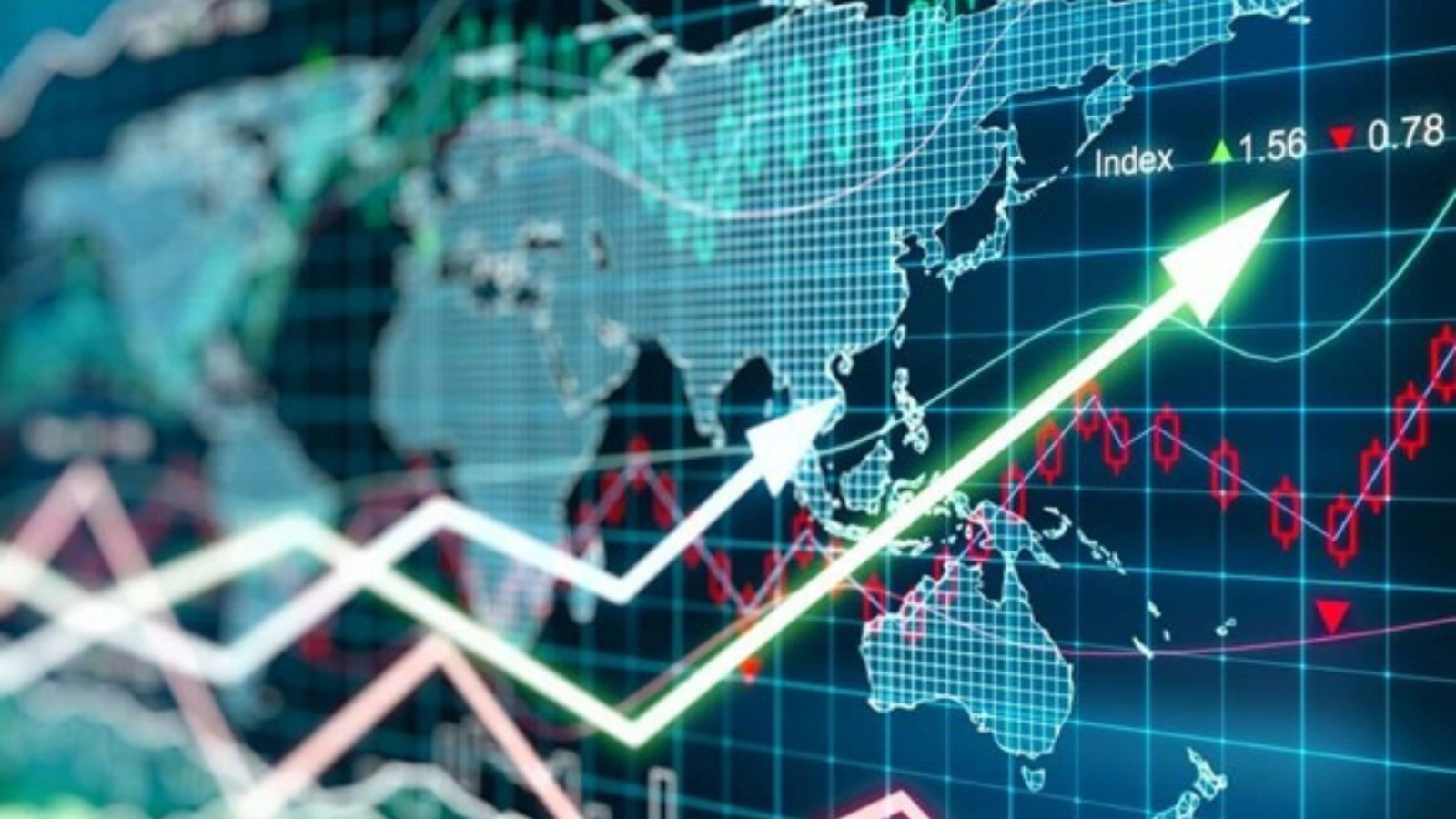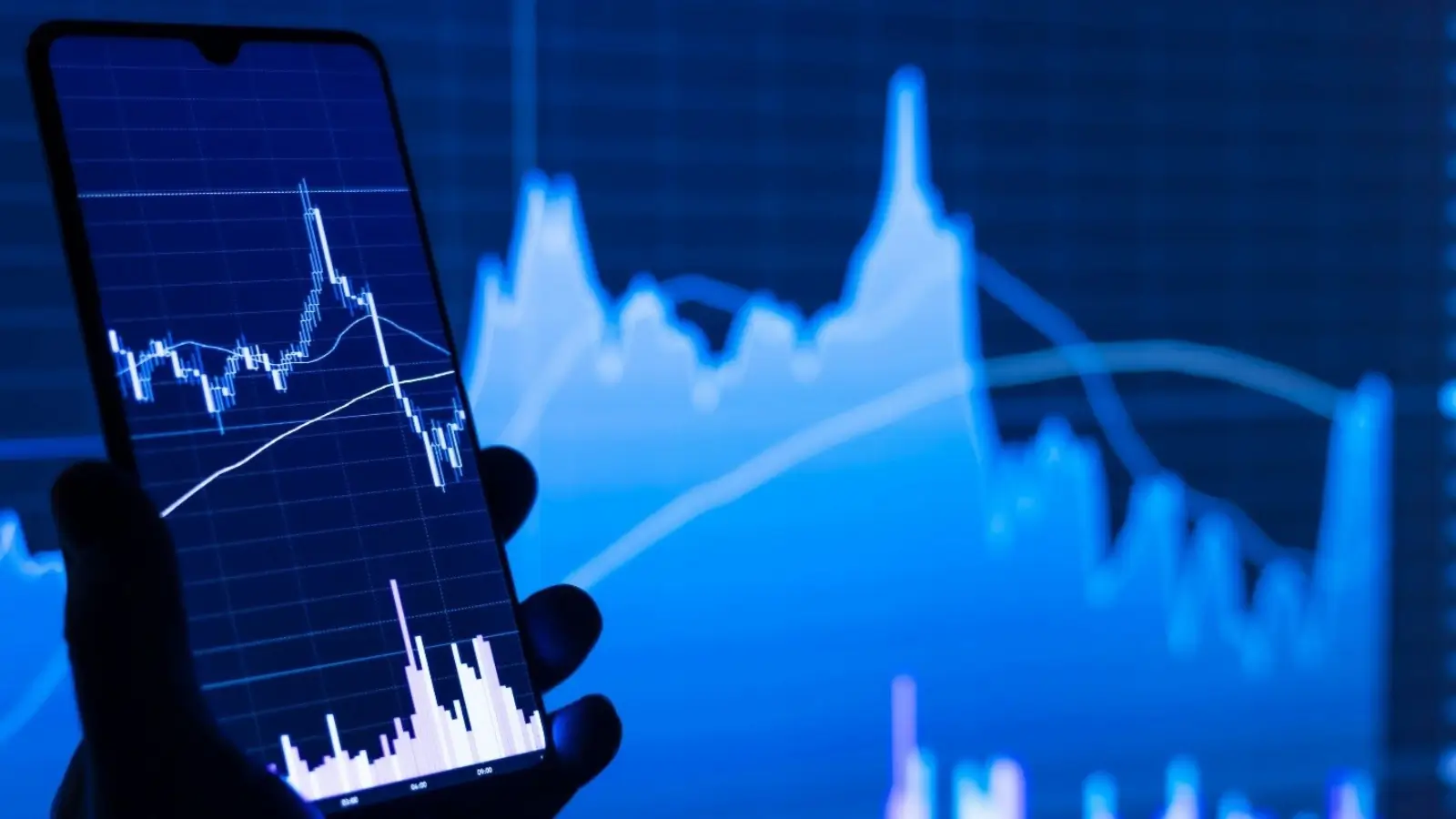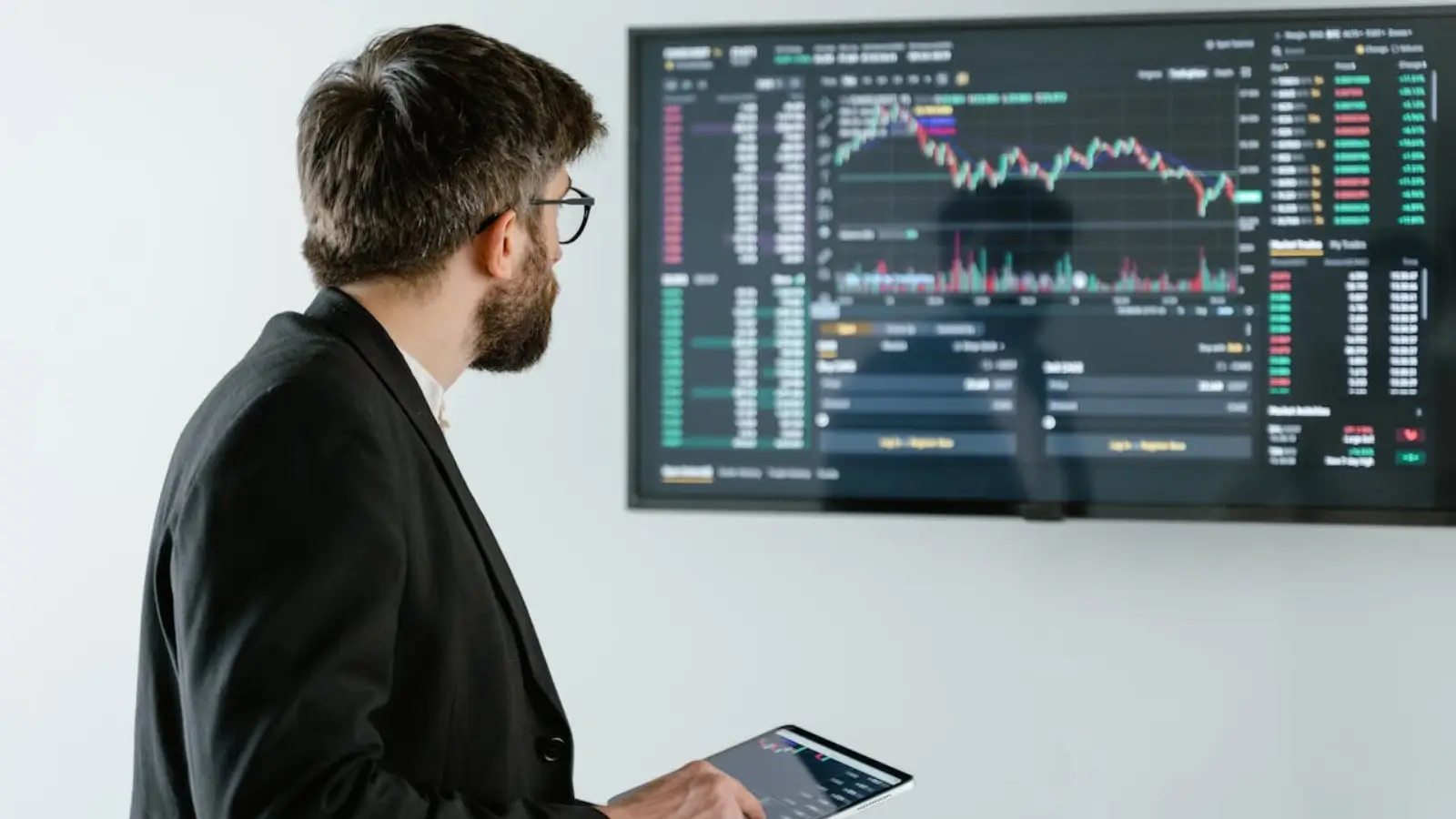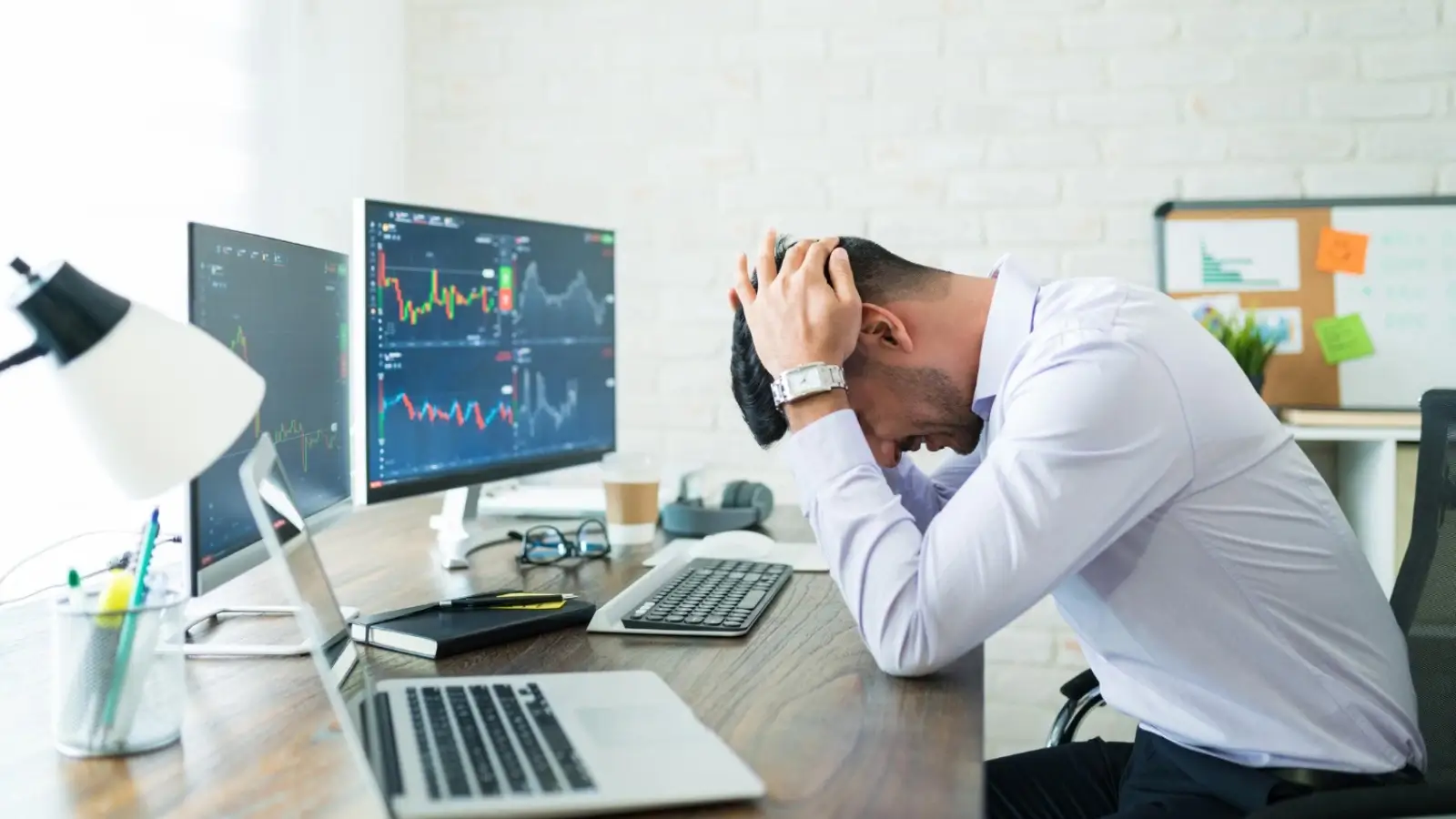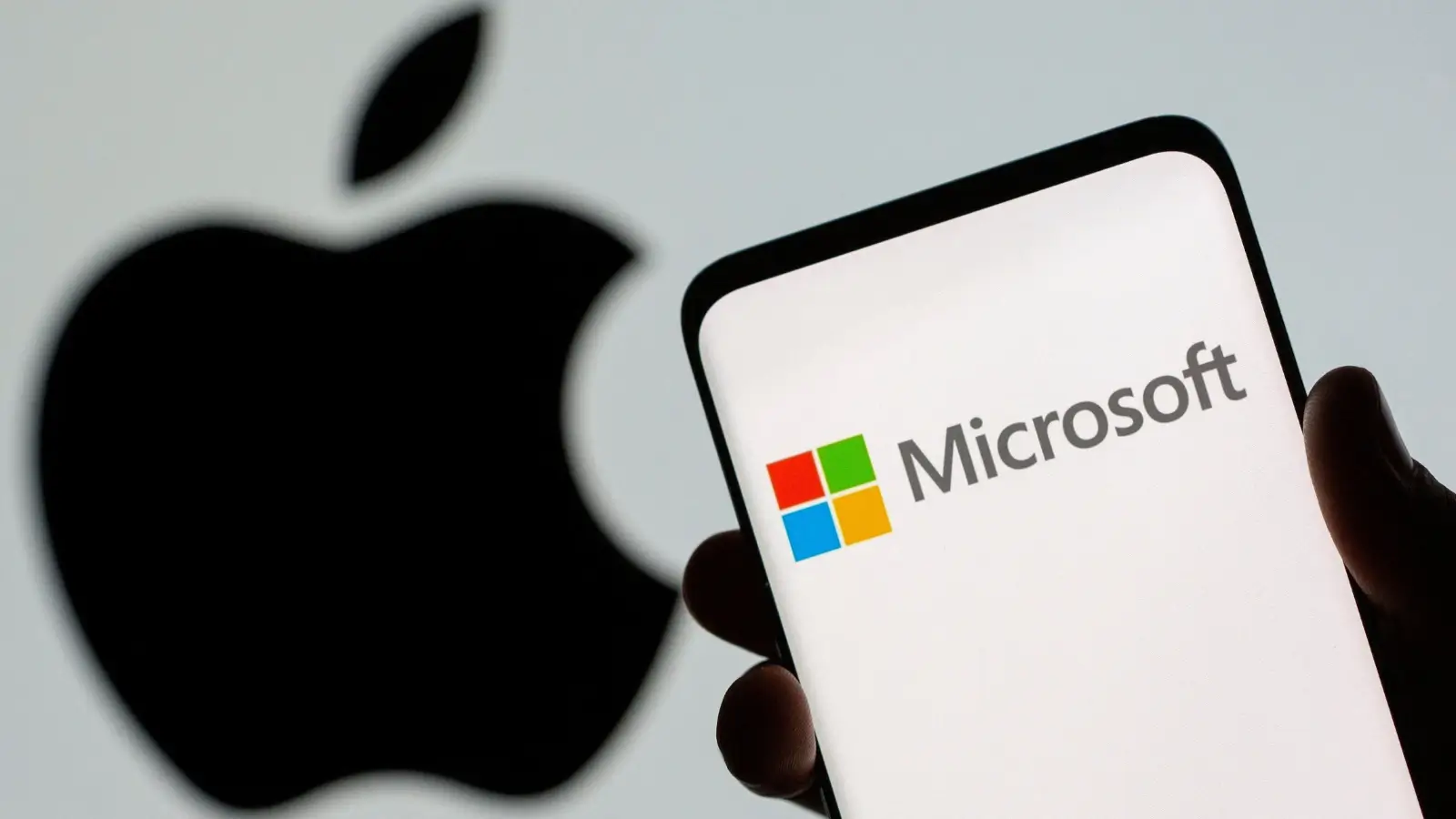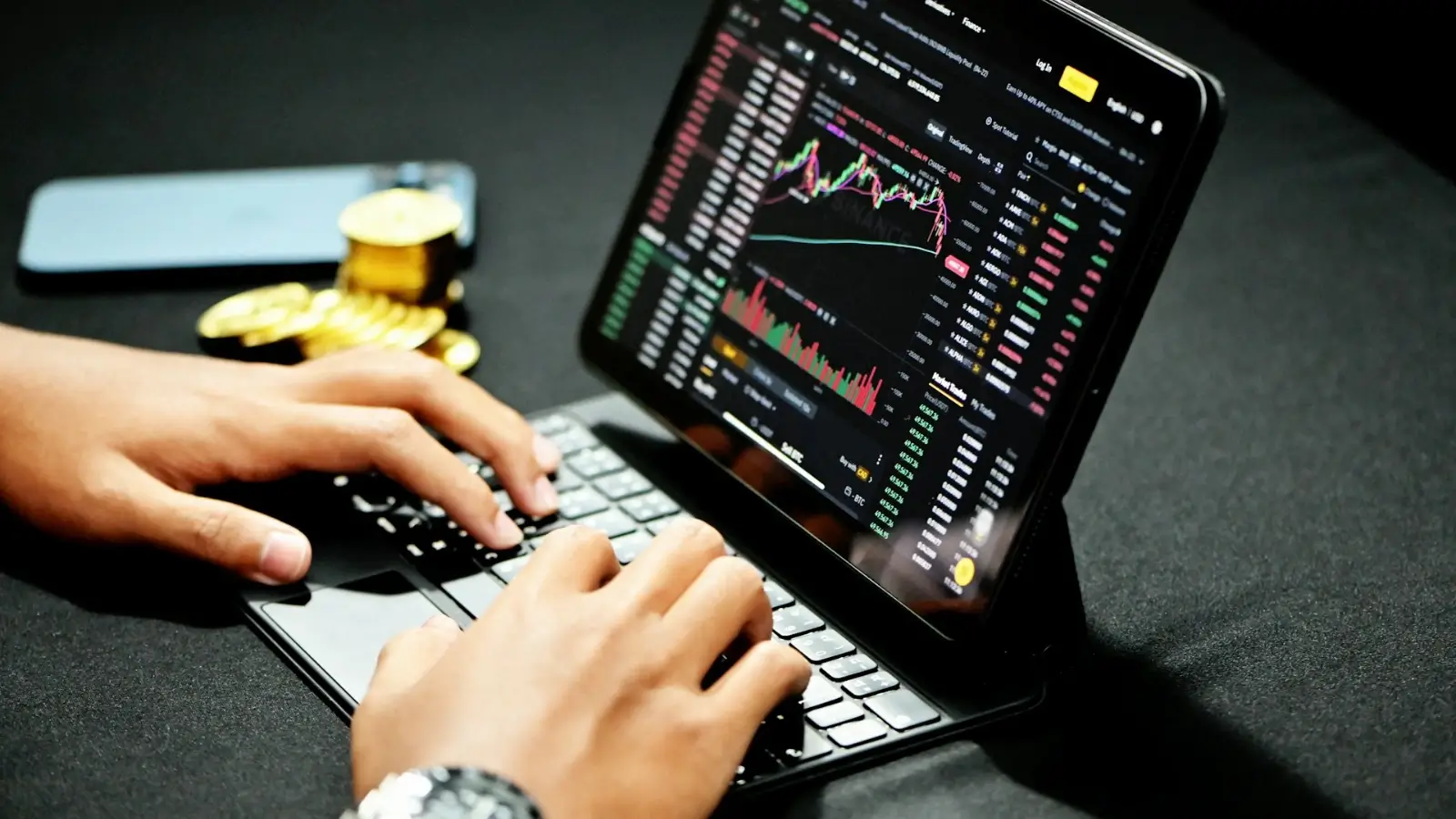Practical platforms and strategies for anyone looking to understand global markets
Why Commodities Trading Matters Now More Than Ever
Commodities—like oil, wheat, metals, and coffee—are at the core of global trade. From supply chain disruptions to inflation, their movement impacts the price of everything from groceries to construction materials. But for many people, commodities trading still feels out of reach—complicated, technical, and reserved for professionals.
Sheldon Burnett, a veteran in commodity trading and international logistics with over two decades of experience, believes that doesn’t have to be the case.
“You don’t need a finance degree or a Wall Street background to start learning,” says Burnett. “You just need the right tools and a willingness to observe how the world works.”
Here are some of the top tools and resources Burnett recommends for building real-world commodities knowledge—whether you're a student, entrepreneur, or curious professional.
1. TradingView – For Market Charts and Price Trends
TradingView offers a user-friendly platform for tracking commodity prices, viewing historical data, and identifying trends across energy, agriculture, and metals. For beginners, it’s a visual and accessible way to learn what affects daily price movements.
Pro tip from Burnett: “Use TradingView to track one commodity over time. Watch how weather, news, and currency shifts affect its price.”
2. Investing.com – For Global News and Forecasts
This free site offers real-time data, analysis, and headlines across major commodities. You’ll find insights on how macroeconomic events—like OPEC meetings or droughts—shape global supply and demand.
Burnett notes, “Staying informed on global events is just as important as understanding charts. Commodities respond to human behavior, not just formulas.”
3. Market Data from CME Group – For Futures and Technical Learning
The CME Group (Chicago Mercantile Exchange) is the largest commodities exchange in the U.S. Its website offers educational materials and real-time quotes for futures markets. Even if you’re not planning to trade, exploring how futures work gives a strong foundation in price expectations and market structure.
4. Coursera or edX – For Structured Online Courses
Many top universities offer free or low-cost courses in global trade, commodities markets, and supply chain dynamics. Burnett suggests combining structured learning with live market observation.
“You don’t have to become a trader, but understanding the forces behind commodities helps in any industry,” he says.
5. UNCTAD and World Bank Data – For Macro Insights
For those who want to dig deeper into global economic trends, public resources from organizations like the World Bank or UNCTAD (United Nations Conference on Trade and Development) offer commodity reports and trade analysis that show how raw materials impact entire regions.
Advice for Getting Started
Burnett recommends starting with one commodity—oil, corn, or copper, for example—and following it across these tools for a few weeks. The goal isn’t fast expertise, but long-term awareness.
“If you can understand why the price of one thing changes, you can start to understand how the world works,” he says.
Final Thoughts
Learning about commodities trading doesn’t have to be intimidating. With the right tools and mindset, anyone can build a working knowledge of the systems that move goods, shape economies, and influence everyday prices.
Burnett adds, “Commodities aren’t just numbers on a screen. They’re physical things that get grown, mined, shipped, and consumed. Understanding them gives you a deeper understanding of the world—and of business itself.”
Pick a commodity. Start tracking it daily. Use free tools to see how prices move and why. Build your own learning system—one observation at a time.










